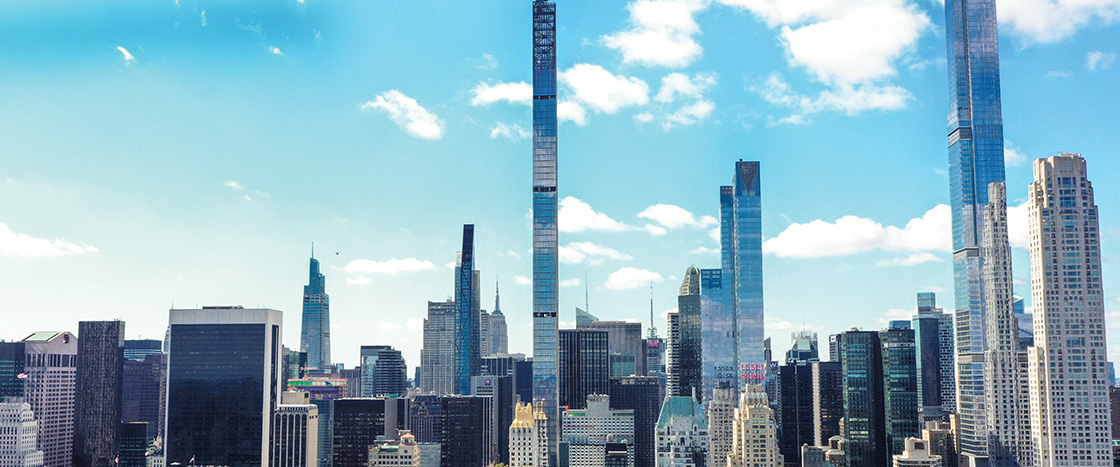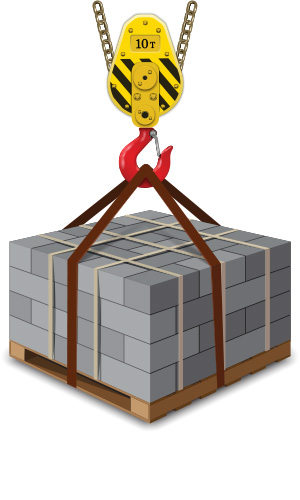One of the tallest buildings in New York City’s skyline is only as wide as the length of a bowling lane. Steinway Tower is the slimmest skyscraper in the world. This 1,428-foot-tall building is only 60 feet wide at its base. It opened in 2019. The residential building holds 60 apartments across 84 floors.
One of the tallest buildings in New York City is only as wide as the length of a bowling lane. Steinway Tower is the thinnest skyscraper in the world. It’s 1,428 feet tall. But it’s only 60 feet wide at its base! It opened in 2019. The residential building holds 60 apartments across 84 floors.


